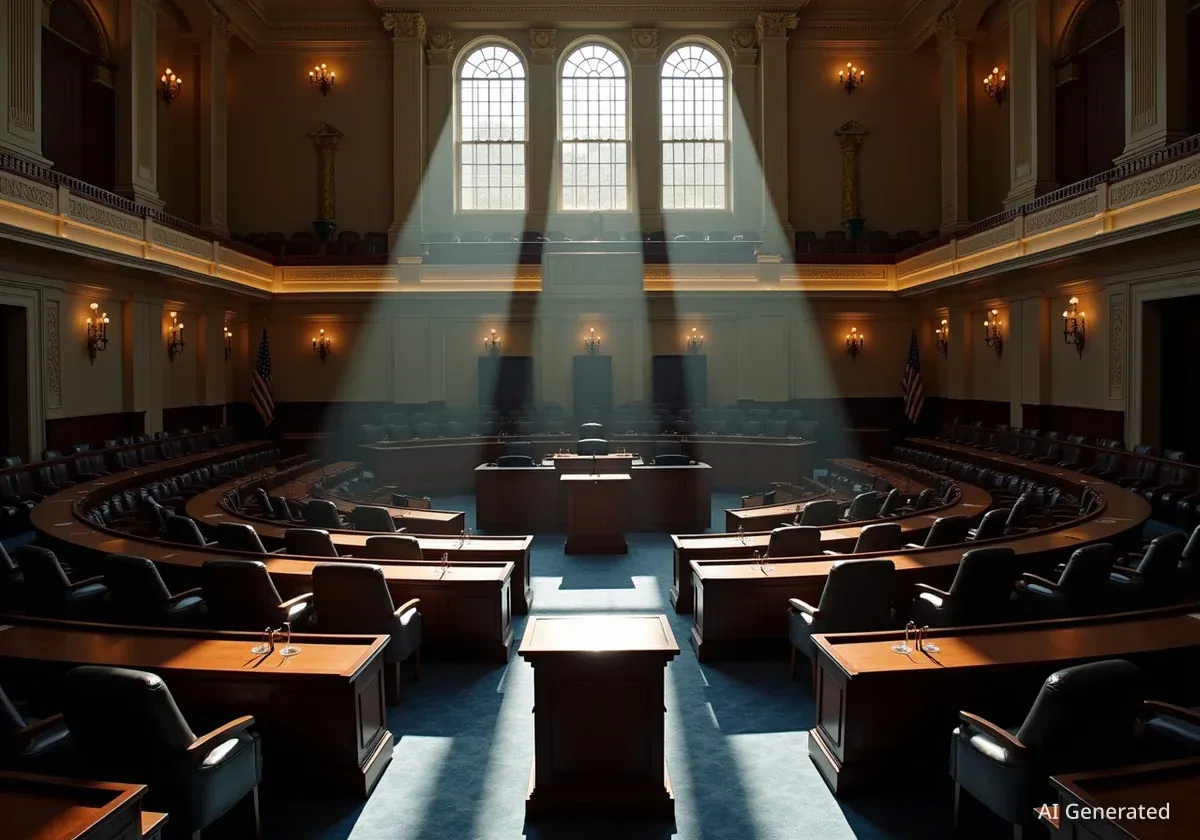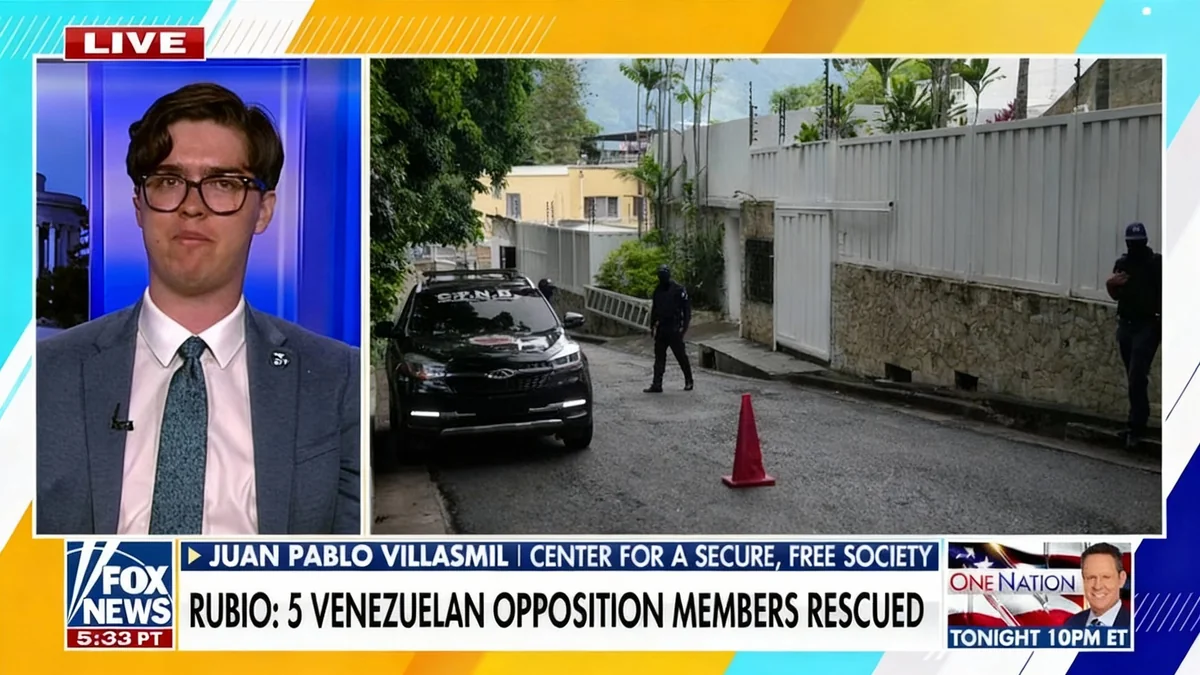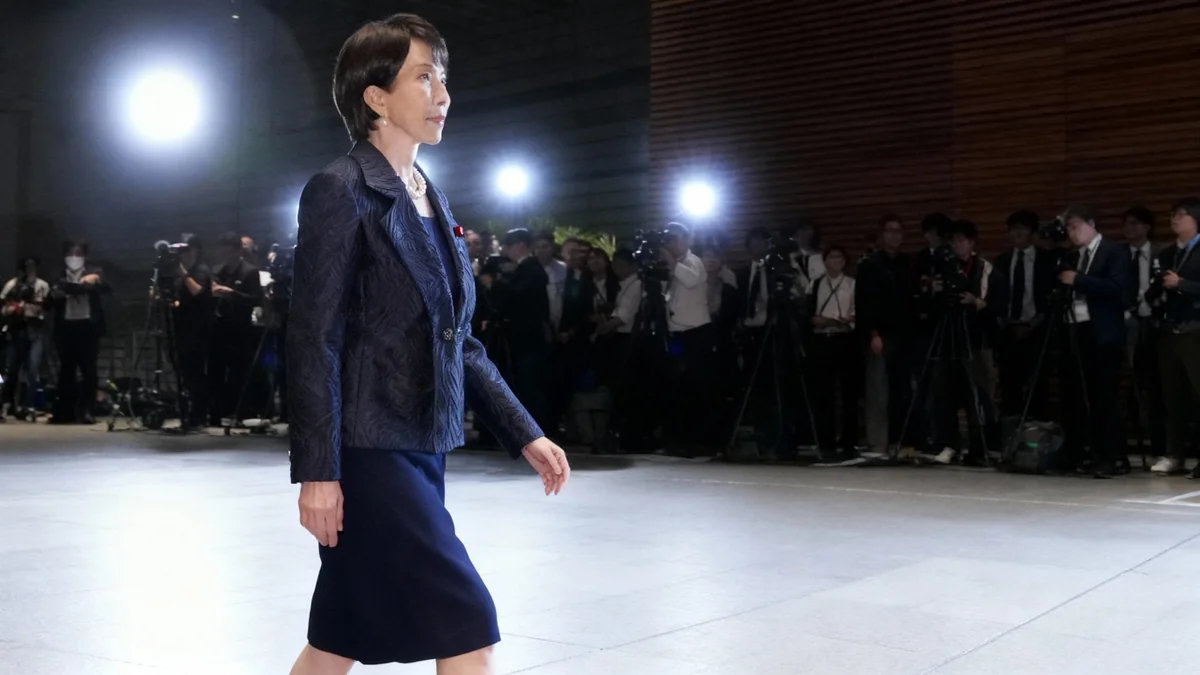The Trump Gold Card visa program was officially established by an executive order on Friday, but with a substantially lower investment requirement of $1 million. This represents an 80% price reduction from the initially proposed $5 million, a move that investment immigration specialists interpret as a signal of weak demand from potential applicants.
The program aims to offer expedited U.S. residency to wealthy foreign nationals. However, legal experts note that its implementation is contingent on new legislation from Congress, as an executive order alone cannot create new immigration and tax laws.
Key Takeaways
- The Trump Gold Card visa launched with a new price of $1 million, down from the originally announced $5 million.
- Immigration investment experts believe the significant price cut indicates a lack of initial interest from the target demographic.
- The program's legality is in question, as it requires Congressional approval to create new visa and tax laws.
- Two other tiers were introduced: a $5 million Platinum Card and a $2 million Corporate Gold Card.
- The initiative is managed by the U.S. Commerce Department, a departure from the traditional oversight by U.S. Citizenship and Immigration Services (USCIS).
Details of the New Visa Program
On Friday, President Donald Trump signed an executive order to formally launch the Trump Gold Card initiative. An announcement on social media stated the visa is now “available for $1 Million Dollars for individuals” and promises “U.S. residency in record time.”
This marks a significant change from the program's initial promotion earlier this year by President Trump and U.S. Commerce Secretary Howard Lutnick, who had set the investment level at $5 million. The original goal was to help reduce the $36 trillion national debt.
New Tiers and Corporate Options
The updated program website, TrumpCard.gov, introduced two additional products alongside the standard Gold Card. These new options target different segments of the ultra-wealthy market:
- The Trump Platinum Card: Priced at $5 million, this tier would grant investors the ability to spend up to 270 days per year in the United States without being subject to U.S. taxes on their non-U.S. income.
- The Trump Corporate Gold Card: Requiring a $2 million investment, this option is designed for businesses. It allows a company to transfer residency access from one employee to another, offering flexibility for corporate clients.
Comparison with the EB-5 Visa
The United States already has an immigrant investor program, the EB-5 visa. This established program provides a pathway to permanent residency for individuals who invest between $800,000 and $1.05 million in a U.S. commercial enterprise. A key requirement of the EB-5 program is that the investment must create or preserve at least 10 full-time jobs for qualified U.S. workers. The Trump Gold Card, as currently described, does not mention a job creation mandate.
Expert Analysis Suggests Low Demand
The decision to lower the investment threshold by 80% has been met with skepticism from industry experts. They suggest the move is a direct response to a lack of interest at the original $5 million price point.
“This is an admission of failure if they cut the price by 80%,” Nuri Katz, founder of Apex Capital Partners, told Forbes. Katz has three decades of experience advising high-net-worth clients on investment immigration.
The core issue, according to Katz, is the limited size of the target market. He previously explained that most individuals are unwilling to spend more than 5% to 10% of their total net worth on an immigration program.
The Centimillionaire Challenge
To comfortably afford a $5 million investment, an individual would likely need a net worth of at least $100 million. According to a report from Henley & Partners, there are fewer than 30,000 centimillionaires globally. After excluding the more than one-third who are already U.S. citizens, the potential market shrinks to approximately 20,000 individuals worldwide. This figure is far below the 200,000 investors Commerce Secretary Lutnick had projected.
By reducing the price to $1 million, the program becomes accessible to a much larger pool of millionaires, but it also moves closer in price to the existing EB-5 program, raising questions about its unique value proposition.
Legislative and Jurisdictional Hurdles
Beyond market demand, the Trump Gold Card faces significant legal and administrative challenges. Immigration and legal experts have consistently pointed out that the executive branch does not have the authority to unilaterally create a new visa category.
“Certainly the executive branch doesn't have the authority to create a new visa without Congress' authority,” stated Julia Gelatt, associate director of the U.S. Immigration Policy Program at the Migration Policy Institute, in a June interview with Forbes.
For the Trump Gold Card to be implemented, Congress would need to pass new immigration and tax laws. This process can be lengthy and politically complex, and there is no guarantee that such legislation would be approved.
Unconventional Oversight
Another point of concern is the program's administrative structure. Unlike existing immigration initiatives, which are managed by U.S. Citizenship & Immigration Services (USCIS) within the Department of Homeland Security, the Trump Gold Card is slated to be run by the U.S. Commerce Department.
This shift in oversight is unusual and raises questions about how the program would be integrated with existing immigration protocols and security checks. It remains unclear how or when the Trump Gold Card would interact with or potentially replace the EB-5 program, which Congress has reauthorized through September 2027.
As the administration moves forward with the executive order, the focus now shifts to Congress. The future of the Trump Gold Card will depend entirely on whether lawmakers are willing to create the legal framework necessary to turn the proposal into a functioning immigration pathway.





